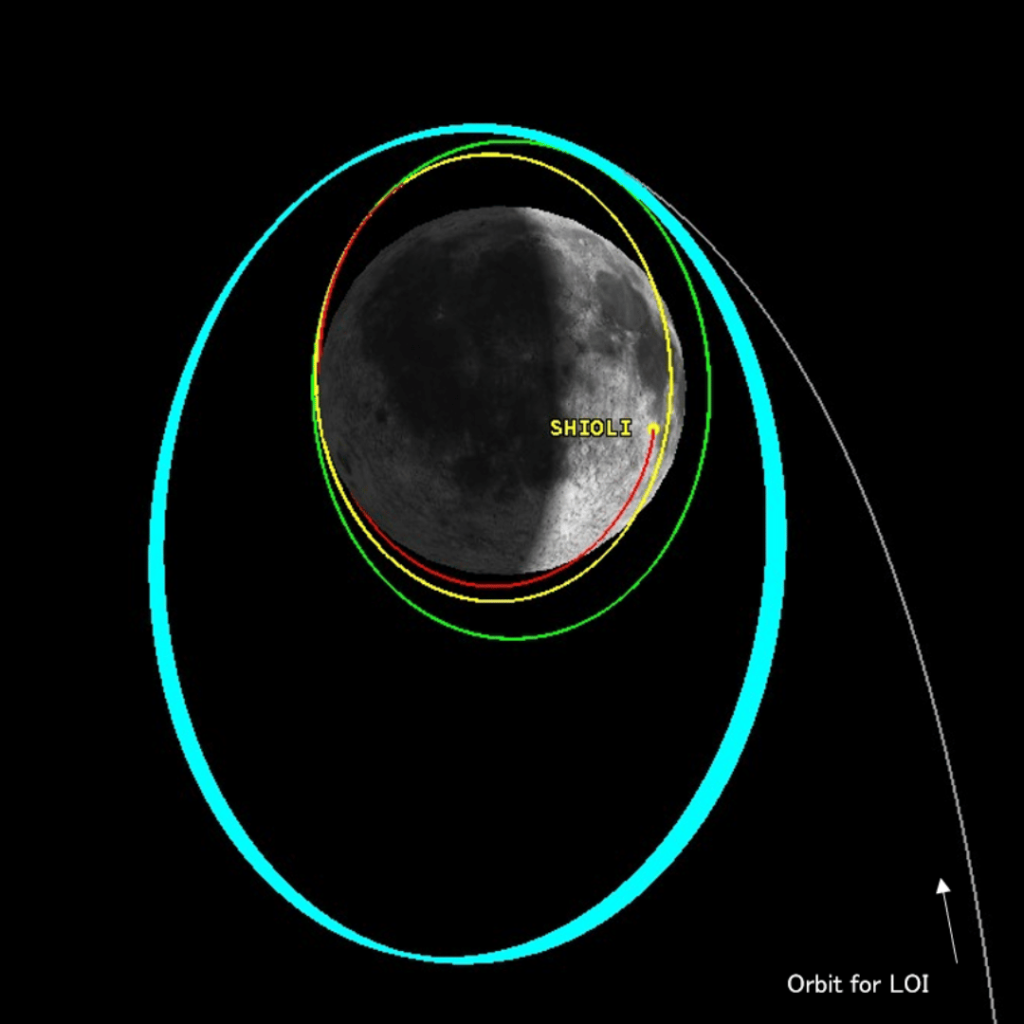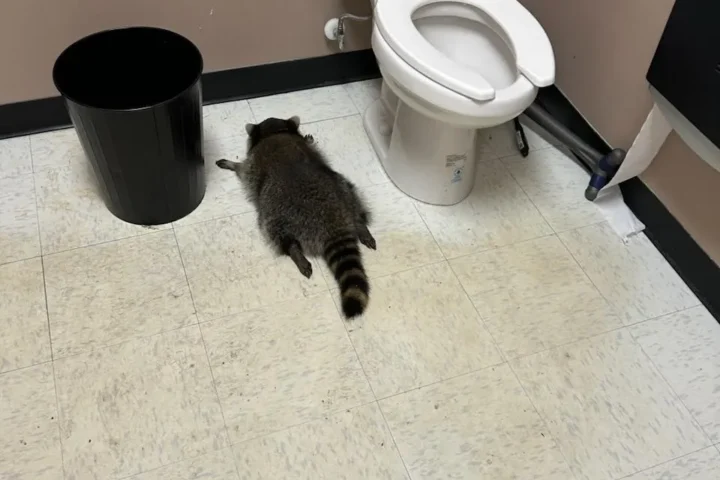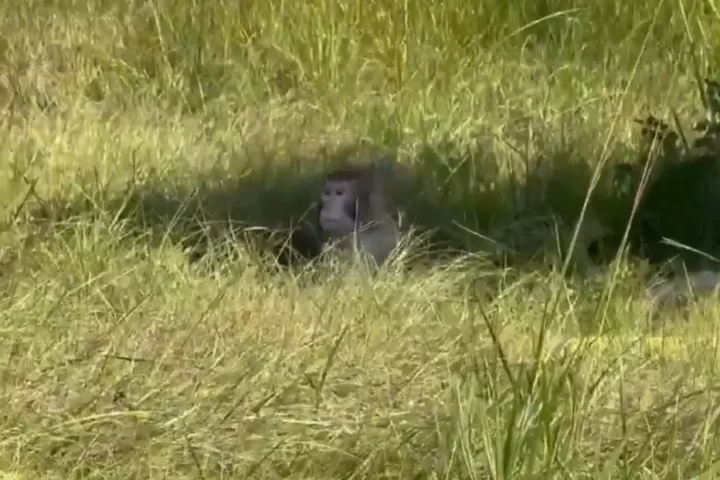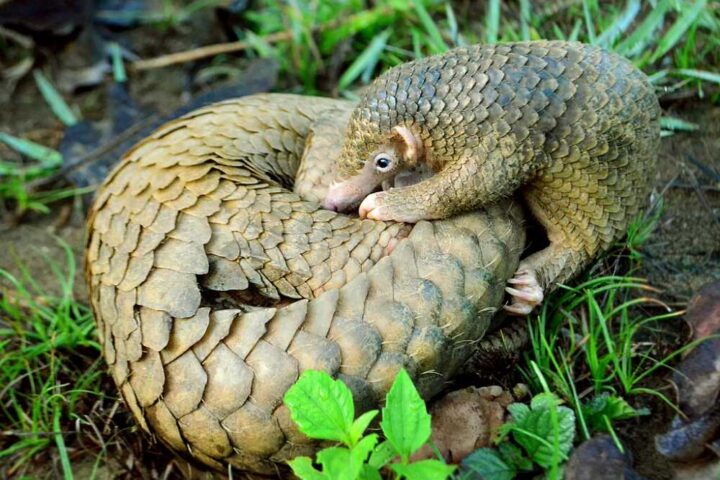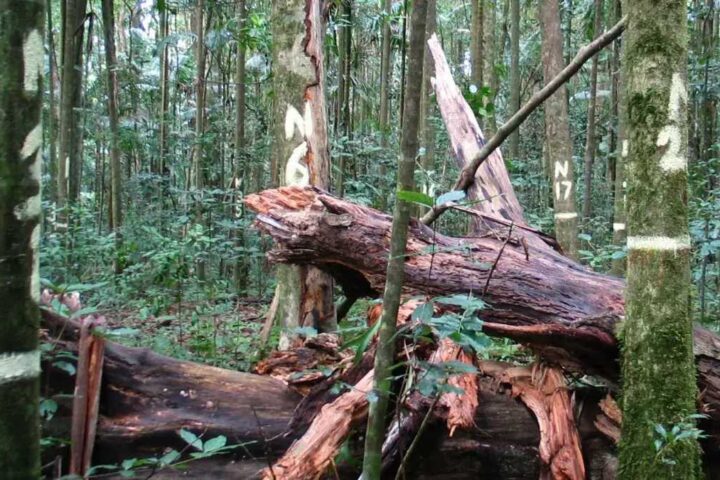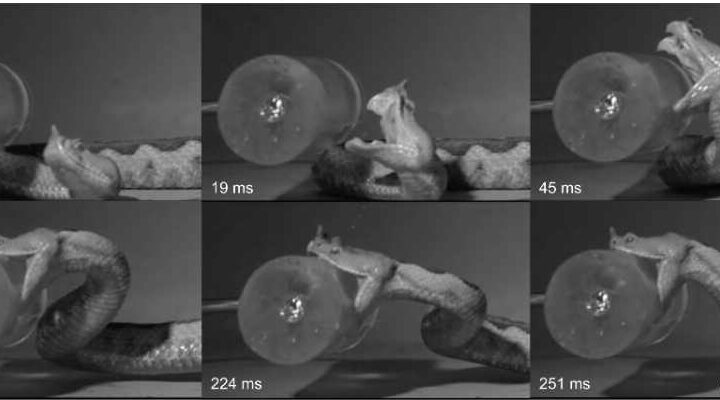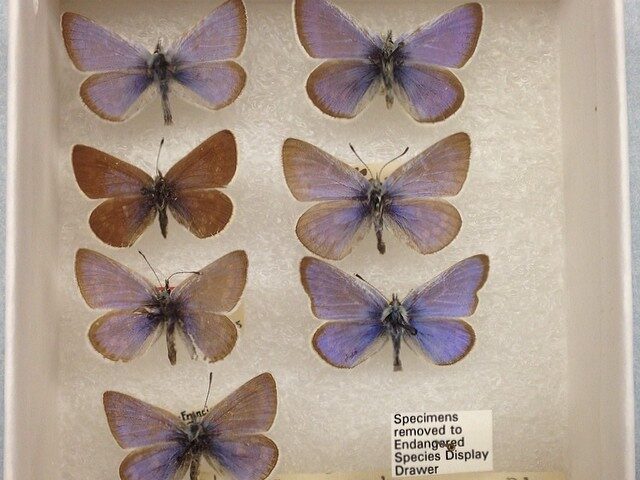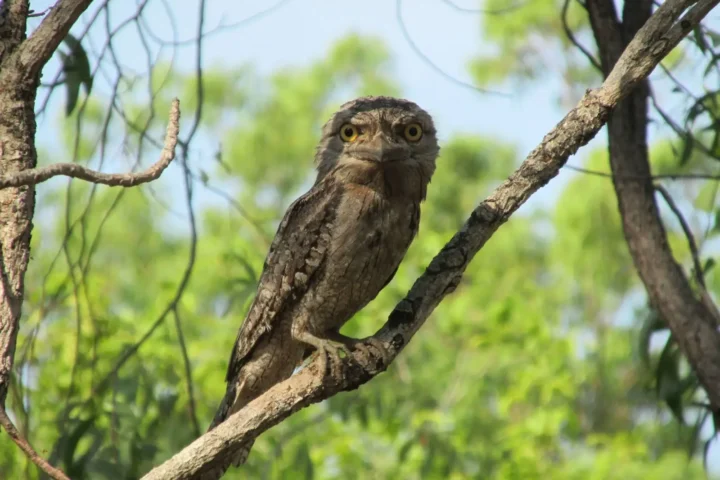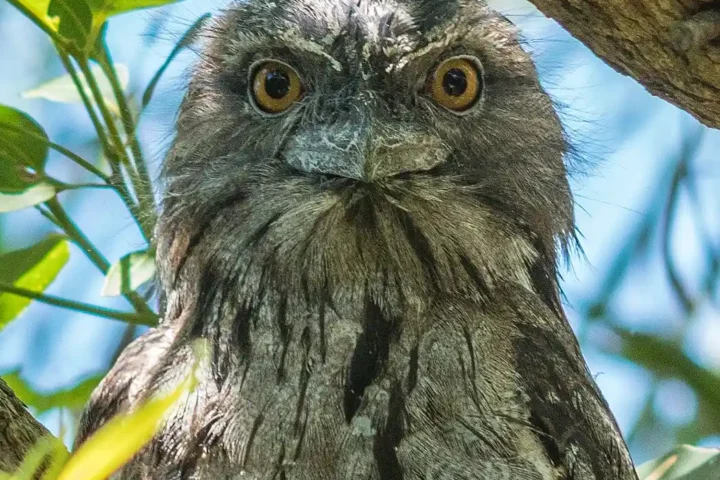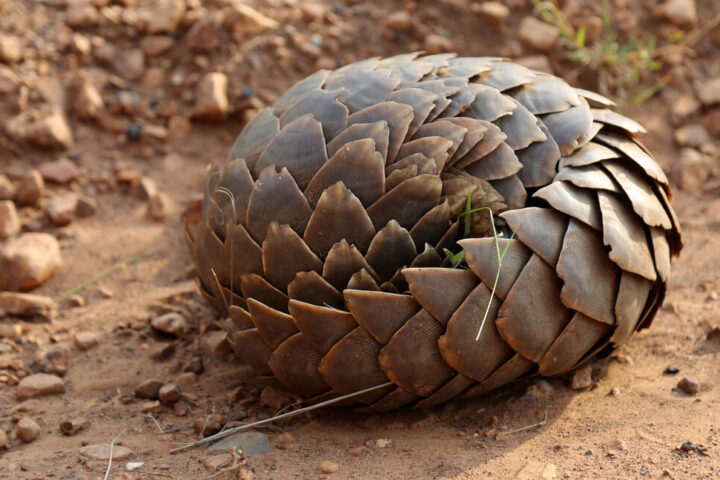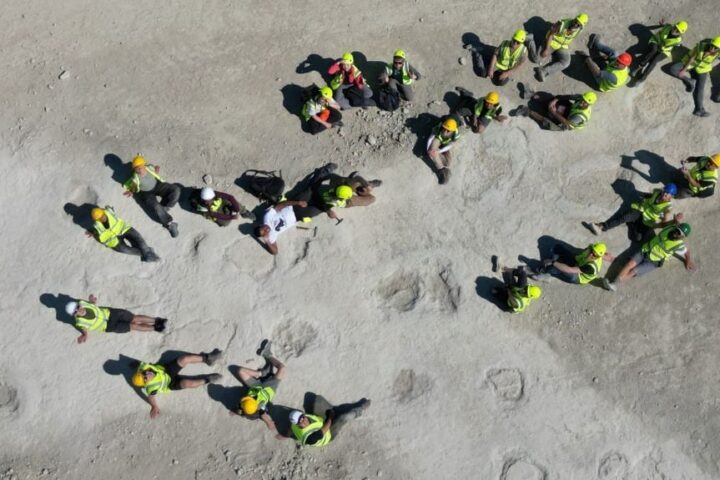The research published on December 8, 2023, from the University of Cambridge, unveils a unique collaboration between humans and animals in the Niassa National Reserve in Mozambique, Africa. This interaction, involving free-living wild animals and humans, has evolved through natural selection over hundreds of thousands of years.
In various parts of Africa, honey hunters use special calls to communicate with honeyguides, birds that eat wax. Researchers discovered that honeyguide birds differentiate between the calls of honey hunters in Tanzania and Mozambique, responding more to local calls than foreign ones.
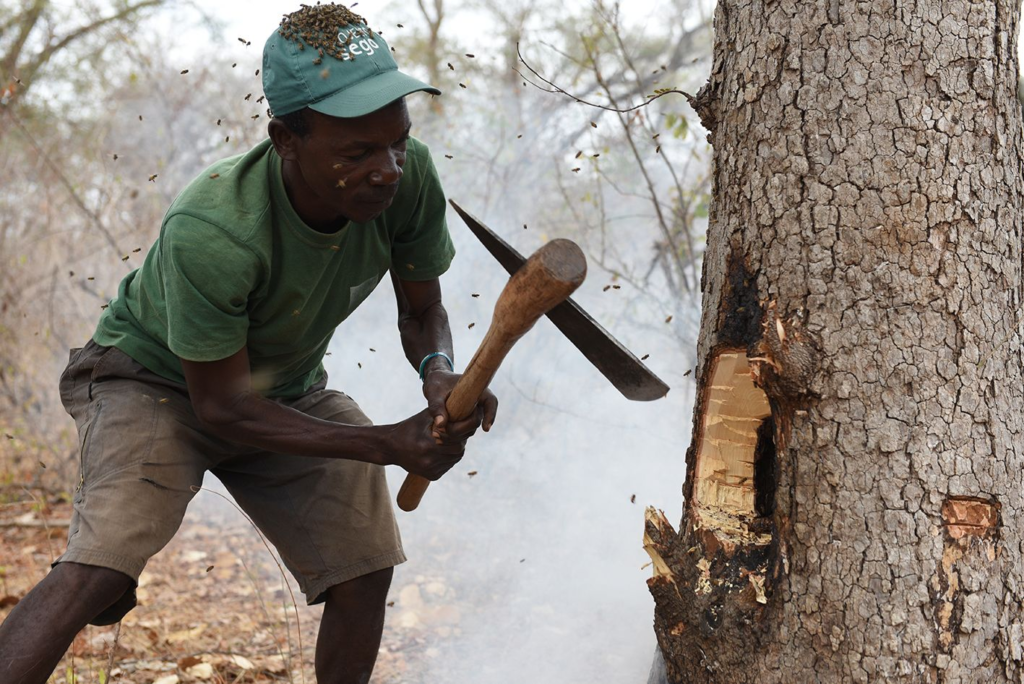
Dr. Claire Spottiswoode, an evolutionary biologist at the University of Cambridge‘s Department of Zoology and the University of Cape Town, and a joint lead author of the paper, stated, “We have found that honeyguides prefer the calls given from their local human partners compared to foreign calls and arbitrary human sounds.”
“The benefits come for both species because it helps honey hunters attract a honeyguide to show them hard-to-find bees’ nests to get honey and helps honeyguides to choose a good partner to help them to get wax,” said joint author Dr. Brian Wood, an anthropologist at the University of California, Los Angeles. “Once established, the local cultural traditions pay for everyone – birds and humans – to conform to them, even if the sounds themselves are arbitrary.”
Wild honey is a high-energy food that can provide up to 20% of the calorie intake for honey hunters, and the wax discarded by them is valuable food for the honeyguide.
The researchers indicated that this reciprocal relation is rarely seen in the natural world. People in Africa cooperate with a wild bird called the greater honeyguide. The birds show people where to find bees’ nests to harvest honey, and in return, the birds get their feed from the wax left behind.
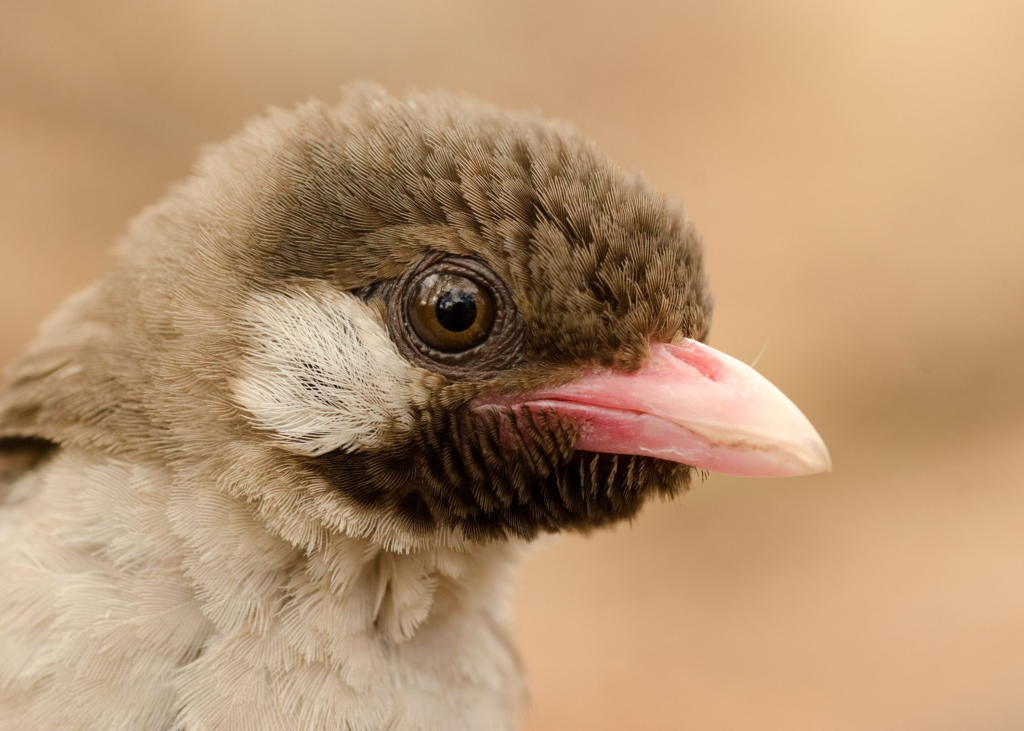
Similar Posts
Dr. Claire Spottiswoode carried out controlled experiments in Mozambique, with the community’s help, to test how birds recognized the sounds correctly, especially the specific meaning of the ‘brrr-hmm’ sound.
When these beeswax birds hear the call of the local honey-hunter, they show the way to bees’ nests using a chattering call. Humans use tools with smoke to safely get the honey they want, leaving the wax for birds. Honeyguides have established a way to communicate with humans and are more likely to respond to local human calls. For instance, the melodic whistle made by Hadza honey-hunters in Tanzania, which attracts honey-guide birds, sounds like a bird call, reducing the risk of frightening away the prey animals they’re trying to hunt at the same time, according to the research paper.
“This is such a privilege to witness cooperation between people and honeyguides, these birds who specifically come to seek us out. The calls are really having a conversation between the bird and the honey-hunters as they move together towards a bees’ nest,” Spottiswoode added. “Refined the ancient, evolved behavior to local cultural traditions – different human call sounds – through learning.”
The researchers are comparing this to different human languages, in which the sounds of words are arbitrary. However, everyone has agreed on their meaning.

